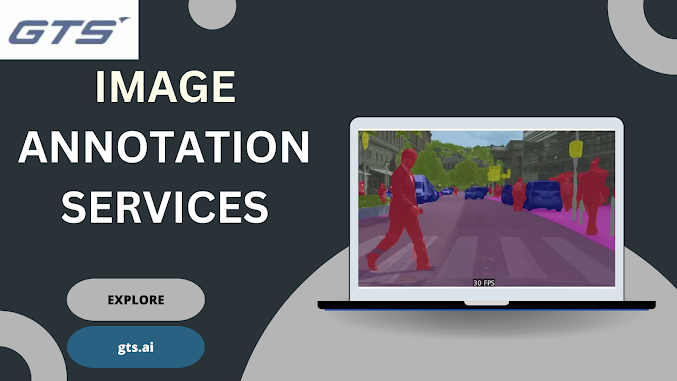Navigating the World of Image Annotation Services: A Comprehensive Guide

Introduction
In the era of technological advancements, artificial intelligence (AI) has become a cornerstone in various industries, ranging from healthcare to automotive. Central to AI's success is the ability of machines to learn from and interpret data, particularly images. This is where image annotation services play a pivotal role. Image annotation, the process of labeling or categorizing images for AI training, is a critical step in developing robust machine learning models. In this comprehensive guide, we will delve into the intricacies of Image Annotation Services, exploring their importance, types, applications, challenges, and future trends.
Understanding Image Annotation
Image annotation involves adding metadata to an image, such as labels, tags, or descriptions, making it understandable for machines. This metadata can range from simple labels categorizing an image as a whole, to more complex annotations that involve identifying and labeling specific parts of an image.
Types of Image Annotation
- Bounding Boxes: Widely used in object detection tasks, bounding boxes involve drawing rectangles around objects in images to help models identify and locate these objects.
- Semantic Segmentation: This type involves labeling each pixel in an image, making it ideal for detailed scene understanding.
- 3D Point Cloud Annotation: Essential in autonomous vehicle technology, this annotation provides depth perception by annotating objects in a three-dimensional space.
- Polygonal Segmentation: Used for objects with irregular shapes, this method involves drawing precise polygons around objects.
- Keypoint and Landmark Annotation: This is used for facial recognition and pose estimation by marking specific points or landmarks on objects.
.png)
Applications of Image Annotation
- Automotive Industry: Image annotation services are crucial in developing autonomous vehicles. They help in teaching the AI systems to recognize pedestrians, other vehicles, traffic signs, and road anomalies.
- Healthcare: In diagnostics, annotated medical images,and Video Annotation Services aid in training models to detect anomalies like tumors or fractures.
- Retail: Image annotation assists in inventory management by enabling AI to recognize and track products.
- Agriculture: It helps in crop monitoring and disease detection by analyzing aerial images of farms.
Challenges in Image Annotation
- Accuracy and Consistency: Ensuring high accuracy and consistency in annotations is challenging but crucial for reliable AI models.
- Data Privacy: With the increasing use of personal images, maintaining privacy and complying with data protection laws is a significant concern.
- Scalability: Managing large volumes of images and annotations can be resource-intensive.
Future Trends in Image Annotation
- Automation with AI: Leveraging AI to automate parts of the annotation process to increase efficiency.
- Crowdsourcing: Utilizing the power of crowdsourcing for large-scale image annotation projects.
- Advanced Tools: Development of more sophisticated annotation tools that can handle complex and large datasets effectively.
.png)
The Role of AI Data Collection Companies
AI data collection companies, like ours, play a crucial role in image annotation. We offer specialized services that cater to the specific needs of AI models in different industries. Our services ensure high-quality annotations that are accurate, consistent, and privacy-compliant. We also offer scalability, handling vast datasets with ease, and providing customized solutions for unique AI model requirements.
Conclusion
Image annotation services are the backbone of effective AI models. As AI continues to evolve and expand into new domains, the demand for high-quality image annotation services is set to grow. Companies specializing in AI data collection and image annotation are at the forefront of this revolution, providing the essential services needed to train the next generation of AI systems. With ongoing advancements and innovations in this field, the future of image annotation services looks bright, promising more accurate, efficient, and versatile AI models across various industries.
Image Annotation Services With GTS.AI Experts
In essence, choosing Globose Technology Solutions for image annotation services provides a comprehensive solution – a blend of human expertise and technological innovation. This collaboration empowers businesses to overcome challenges in the annotation process, enabling them to build more robust, efficient, and unbiased computer vision systems. With GTS.ai, organizations can confidently navigate the complexities of image annotation, driving forward in the era of advanced computer vision technologies. As the field of computer vision continues to evolve, GTS.ai's dedication to diversity in annotation datasets ensures that models developed with their services are not only accurate but also ethically sound. This commitment to inclusivity aligns with the growing emphasis on developing technologies that serve a broad spectrum of users and applications.



Comments
Post a Comment